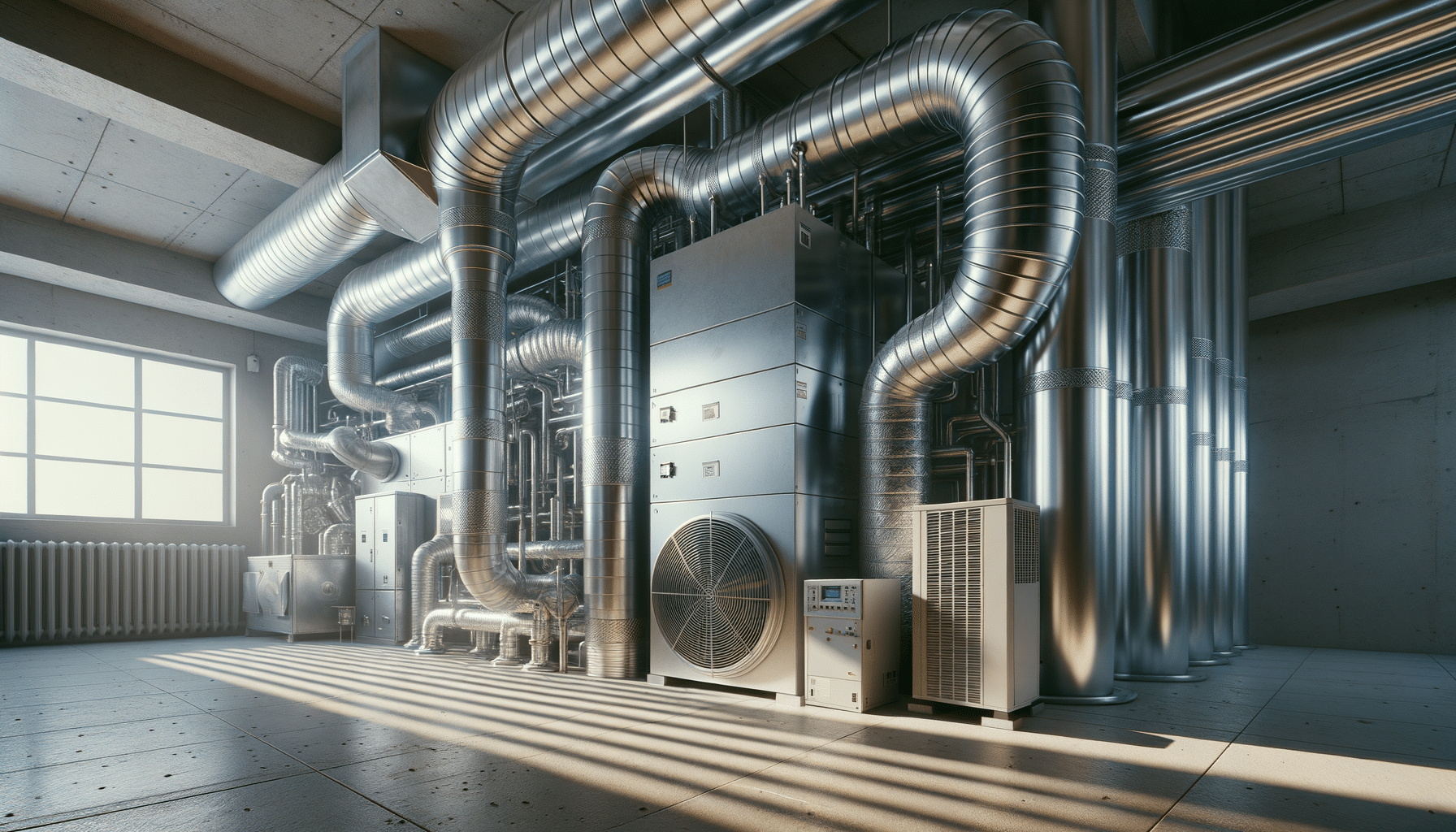
A Guide to HVAC Installation Services
Understanding HVAC Systems
Heating, Ventilation, and Air Conditioning (HVAC) systems are essential components in modern buildings, ensuring comfort and air quality. These systems regulate indoor temperature, humidity, and air purity, making them indispensable in both residential and commercial settings. The core function of an HVAC system is to provide thermal comfort and acceptable indoor air quality, which is crucial for the well-being and productivity of occupants.
There are several types of HVAC systems, each designed to meet specific needs and preferences. The most common systems include split systems, hybrid systems, duct-free systems, and packaged heating and air systems. Each type offers unique benefits, such as energy efficiency, ease of installation, and suitability for different building types. Understanding these systems helps in making informed decisions on what best suits your needs.
In addition to providing comfort, HVAC systems play a vital role in energy consumption. With buildings accounting for a significant portion of energy use, efficient HVAC systems can lead to substantial energy savings. This efficiency not only reduces utility bills but also minimizes environmental impact, aligning with global efforts towards sustainability.
The Importance of Professional HVAC Installation
Professional HVAC installation is crucial for ensuring that the system operates efficiently and effectively. Improper installation can lead to a host of problems, including reduced system lifespan, increased energy consumption, and frequent breakdowns. A professionally installed system is calibrated to deliver optimal performance, ensuring that each component functions as intended.
One of the primary benefits of hiring a professional for HVAC installation is the assurance of compliance with local building codes and regulations. This compliance not only ensures safety but also prevents potential legal issues. Professionals are equipped with the necessary tools and expertise to handle complex installations, reducing the risk of errors.
Moreover, professional installation often includes a warranty or service agreement, providing peace of mind and protection against unforeseen issues. This service ensures that any problems arising post-installation are addressed promptly, maintaining the system’s efficiency and reliability over time.
Steps Involved in HVAC Installation
HVAC installation involves several critical steps, each requiring careful attention to detail. The process begins with a thorough assessment of the building’s heating and cooling needs. This assessment considers factors such as building size, layout, and insulation, ensuring that the chosen system is appropriately sized and capable of meeting the demands of the space.
Following the assessment, the next step is the selection of the HVAC system. This selection is based on the specific needs identified during the assessment, as well as budget considerations and energy efficiency preferences. Once the system is selected, professionals proceed with the actual installation, which includes placing and connecting the indoor and outdoor units, ductwork, and electrical wiring.
The final step in the installation process is testing and commissioning. This step ensures that the system operates correctly and efficiently, with all components functioning in harmony. Professionals will calibrate the system, check for leaks, and verify that all controls are working as intended. This comprehensive testing guarantees that the HVAC system will provide reliable service for years to come.
Maintaining Your HVAC System
Regular maintenance is vital for the longevity and efficiency of an HVAC system. Routine checks and servicing help prevent unexpected breakdowns and costly repairs, ensuring that the system operates smoothly throughout its lifespan. Maintenance typically involves cleaning or replacing filters, checking refrigerant levels, and inspecting the system for wear and tear.
One of the most straightforward maintenance tasks is filter replacement. Clogged or dirty filters can significantly reduce the system’s efficiency, leading to higher energy consumption and poor air quality. Regularly replacing or cleaning filters is a simple yet effective way to maintain system performance.
Professional maintenance services offer comprehensive inspections that cover all aspects of the HVAC system. These services identify potential issues before they become major problems, providing an opportunity for timely repairs. Investing in regular professional maintenance not only extends the life of the system but also ensures a comfortable and healthy indoor environment.
Choosing the Right HVAC Installation Service
Selecting the right HVAC installation service is crucial for ensuring a successful installation and long-term system performance. When choosing a service provider, consider factors such as experience, reputation, and customer reviews. A well-regarded company with a track record of successful installations is more likely to deliver quality service.
It’s also important to verify that the service provider is licensed and insured. This verification ensures that the company meets industry standards and provides protection against any damages or accidents that may occur during installation. Additionally, inquire about the warranties or service agreements offered, as these can provide valuable post-installation support.
Finally, seek recommendations from friends, family, or online forums to find a trustworthy provider. Personal experiences and testimonials can offer insights into the quality of service you can expect. By carefully selecting an HVAC installation service, you can ensure a smooth installation process and reliable system performance.

